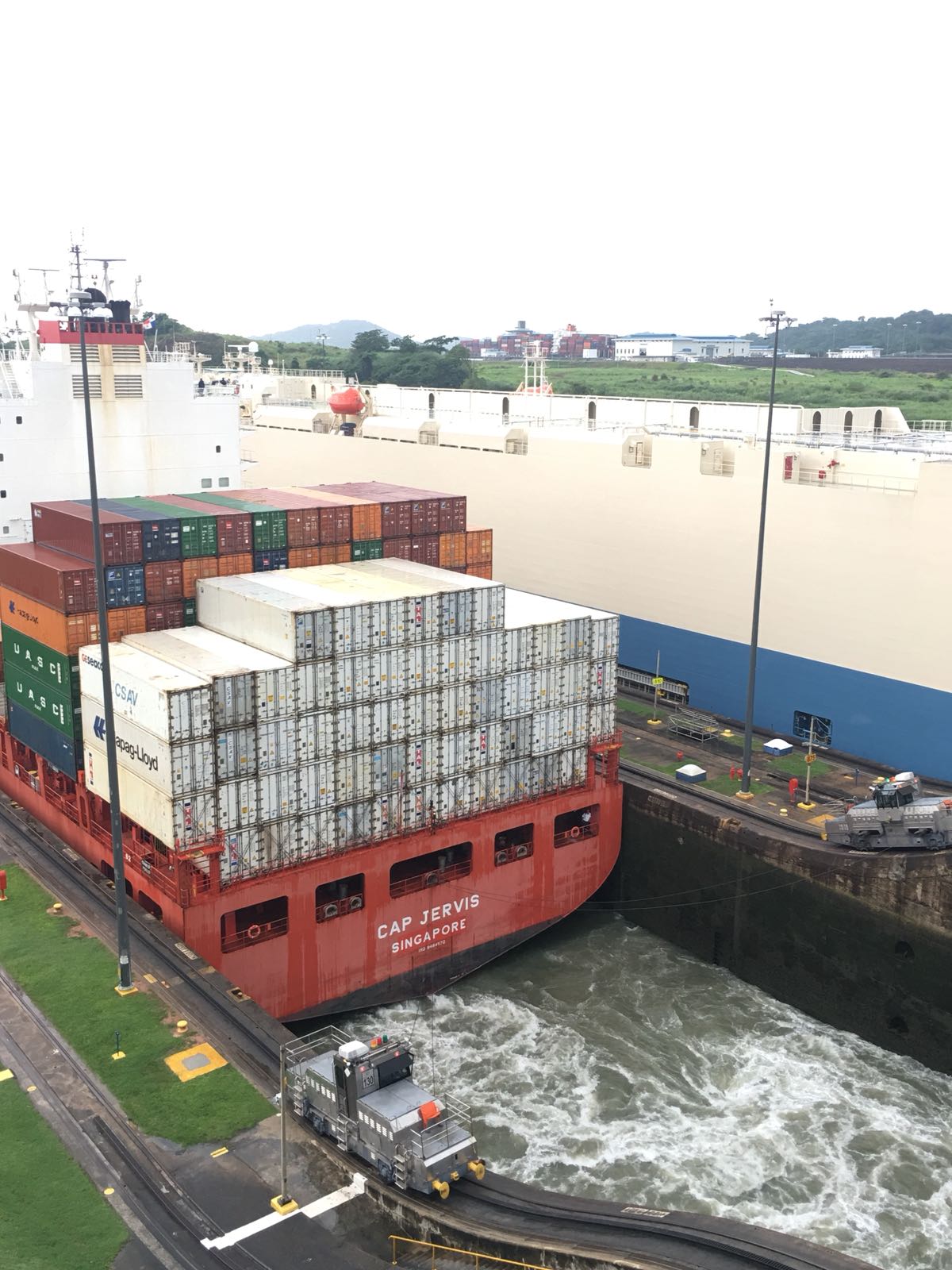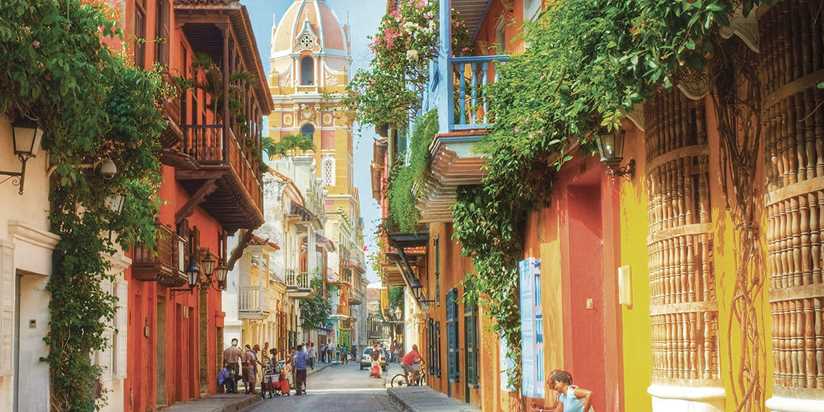
I came to Panama just for the Panama canal, would you believe it?
Anyway I was on my flight from Toronto to Cartagena (Colombia), with a stopover in Panama City. Since we had a 7 hours stopover in Panama, it was sufficient to visit one of the attractions in the city. It was either the old town or Panama Canal, of which I am more intrigued with the latter because it was something I had studied in my history lessons and I really wanted to see it in real life.

Upon clearing immigration, we went out of the airport terminal to catch an Uber taxi to the Miraflores locks, which is the place to see the Panama Canal. It was a rainy day but that did not dampen our mood because this was our first time stepping in Panama and also we were going to check out this “Eighth wonder of the world”.

Extending 77km from the Port of Colon on the Caribbean Sea to the Port of Balboa near Panama City, the Panama Canal is the world’s most strategic waterway. More than 14 000 vessels pass through it annually, representing around 5% of the global trade. Considered one of mankind’s greatest feats of engineering, the canal is without a doubt Panama’s major attraction. Before the US co-built the canal, the French had attempted at it but it was a disaster. Few of the engineers foresaw the enormous challenges that the thick, mosquito-laden jungle presented, ranging from floods to yellow fever. In the end, more than 20 000 died before they called it quits.

Aside from sailing through the canal, as many cruise passengers do, the easiest way to see the canal in action is at Miraflores Locks, a 20-minute drive from Panama City. The Miraflores visitor centre overlooks the locks from four levels, each with different exhibitions and interactive displays, including a 3D movie theatre with films detailing the history of the canal. Around 11am or 3pm daily, there are enormous Panamax ships which can be seen rising and falling as they traverse the locks, making it an ideal time to visit. Crowds gather on the observation decks as an announcer details information about the ship, such as where it is registered and its destination.

A little bit of history about the Panama Canal. For much of the past century, the shipping industry has built ships to fit through the Panama Canal. The Panamax ships are mostly oil tankers. However, by the 1990s, the size of the canal was becoming outdated as ships grew bigger. Many were too large to enter the canal, resulting in significant loss of market share to the Suez Canal. So to avoid being obsolete, the Panama Canal Authority began work on an expansion project in 2007.

The larger canal, which began operations in June 2016, added an entire new lane of traffic, doubling the capacity of the canal. It took approximately 40 000 workers nearly 10 years to complete this massive infrastructure project which rivals the statistics of the original canal built a century before. Enough earth was dredged to fill the Great Pyramid of Giza 25 times over and there was enough steel used that they could have built 29 Eiffel Towers.

Even though it was raining, we still had an informative session at the Visitor centre. We enjoyed walking the whole process of the water level being dropped and then rose so that the ship can follow the height of the sea on either side in order to pass through. It was also interesting to find out the origins of the ships and where they will be traveling to next.

Moving from the Atlantic to the Pacific coast and vice versa, it takes around 6 – 8 hours in total to transit the entire canal, passing through all three locks: Miraflores, Pedro Miguel and Gatun.

After the visit, we took a public bus to the city centre for dinner (authentic Panamanian food) before heading back to the airport. The Panama Canal is easy to visit on your own without the need to join a tour. If you have some time on a layover or visiting the city for a few days, do make time to go to the informative Miraflores Visitor Centre.


Panama cuisine has strong influences from Africa, Spain and its indigenous Native American population. Yuca, or cassava, is a woody shrubroot vegetable, common in Latin America and full of carbohydrates, which is present in this dish too. We also had the sanocho which is traditional soup, containing meat, tubers and vegetables served in a broth. Like the Philippines, they also have chicharron on the side, which is fried pork belly and rind, making it crispy and good for a snack.
Important info
The Miraflores Visitor Centre is open from 8am to 6pm daily. The entrance tickets are sold until 5.15pm.
The entrance fee is $20 for foreigners, and $12 for children aged 6-12.
